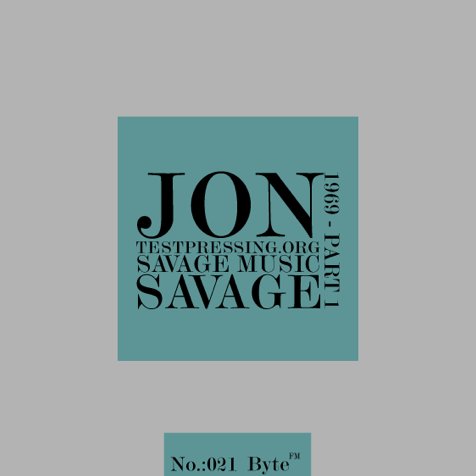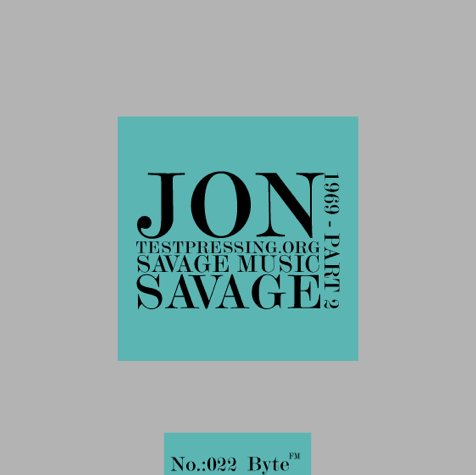Laurie Anderson
Trisha Brown
Gordon Matta-clark
Pioneers Of The Downtown Scene New York 1970s

Today me and the boy (my 13 year old son) visited the new Barbican exhibition. Apparently a lot of the work comes from the time that the downtown NY scene came together across the mediums of art, music, dance and architecture (often all in the same piece). By the way, excuse the bad iPhone photos below but you're not really allowed to take them so you have to sneak the snaps.

From a music perspective there are some nice pieces to get into from Laurie Anderson. There is 'The Handphone Table' (above), a table where you place your elbows into small holes and place your hands over your ears so the sound of a poem travels through your arms. It's a nice idea and you get more of a feeling of the poem being read, kind of blobs of sound, than are actually able to hear it.

Laurie Anderson also has an installation called 'The Electric Chair' where a Farfisa organ has a chord held by a heavy vice placed upon it, while two fluorescent lighting tubes and a spinning turning chair are all mic'd up to create an ever changing sculpture of light, crackles and movement. It's nice. I think it was created for this exhibition and is based upon the above drawing.

One of our other favourite parts of the show was one of it's centre points, Trisha Brown's 'Walking On The Wall', which was originally created in 1971. Five dancers are suspended on the wall via a system of harnesses, ropes and a girder and move around two walls in a sort of geometric fashion - stepping over each other and walking backwards and forwards. It's very peaceful to watch and in the boys words 'though slow it's pretty entertaining.' The Guardian said 'A walk on the wall side... This exhibition is worth the trip for Trisha Brown alone.' Couldn't agree more.

Another key piece of the show is Gordon Matta-Clark's 'Splitting' where he took a house in New Jersey and in his words 'does a dance with the building'. Slowly breaking it into two parts and pushing one part back on its own foundations. Special mention also to his lovely shots of 70s graffiti from the like of Lee (below). Apparently he had an affinity and solidarity with young people obsessed with defacing public property. I like him.

We've picked out the obvious parts of the show but there's lots to get into and to me it felt like an important part of that musical lineage that we love.
For more information on dates, times and how to get there click here to go to The Barbican website.


